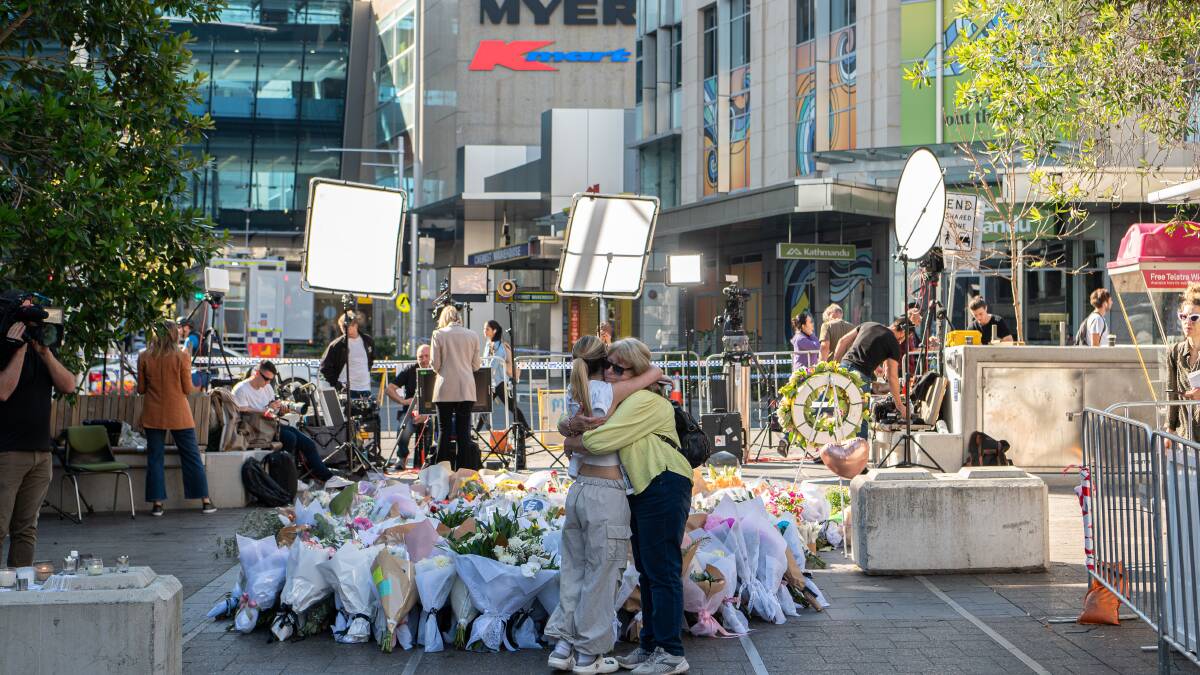When you think about workplaces where safety could be a significant issue, most of us think about the trades, heavy machinery operation, manufacturing, mining, etc. Very few of us think about retail in large shopping centres as high risk for injury. And yet on Saturday, this is exactly what happened.
I won't weigh in on what did or didn't happen on the weekend at Bondi - there are plenty of mainstream and social media articles doing exactly that in minute detail. I acknowledge that the very nature of these events means that we will never "truly" know what went on or what it was like as it was experienced differently by everyone involved.
However, what has caught my attention - in addition to the abject horror of the tragic, violent incident - is the social response to the situation as it unfolded.
These '"discussions" on social media in the comments sections of the news videos being shared across all the platforms suggest that for many people, incidents like this raise issues regarding an individual's right to self-defence in our country.
Most people acknowledged online that while the lives of six people were tragically taken, it could have been a much higher count if the perpetrator had been wielding a firearm. However, several people made sarcastic comments about how grateful they were that we had strict gun laws in Australia so mass-casualty violence wouldn't happen here. Further still, some US and Australian commenters on social media suggested that conceal carry laws could have "saved lives" if a member of the public had been able to take the perpetrator out without having to wait for the police to arrive.

In the wake of the Bondi stabbings where a security guard lost his life as he attempted to thwart the knife-wielding perpetrator, the NSW government is reportedly "considering 'additional measures' for security guards to keep the public safe" in major crowded centres. Part of the government-ordered coronial inquest investigating the Bondi stabbings will likely include considerations regarding time impact of the security guards not being armed at Westfield, Police Commissioner Karen Webb said.
Many people online asked why bystanders didn't walk up behind the perpetrator and hit him over the head with a chair, or blast a fire extinguisher at him from a distance, citing claims of what they would have done had they gone shopping at Westfield Shopping Centre at Bondi that day. It's always so much easier to claim heroism from the armchair at a safe distance from danger, isn't it?
But reading these comments made me wonder about an individual's rights in this situation with regards to attempting to disarm the perpetrator.
In Australia, you don't even have an automatic right to attack a home invader in your own home, so what can you do in the middle of a shopping centre in Bondi, with an active armed offender on scene? Marilyn McMahon, Deakin University associate law professor, has previously stated that "Approaches to self-defence in Australia still tend to emphasise reasonable necessity and discourage vigilantism."
The law advises Australians to retreat and flee, rather than stand and fight. How does this translate to an incident like what happened in Bondi? Well, for an individual to act in the defence of self or others, they must use reasonable force to protect themselves or others from an imminent threat of harm, where they genuinely believed that their actions were necessary to protect themselves or others. The use of force must also be proportionate to the threat.
MORE ZOE WUNDENBERG:
Every situation will be different and without a clear-cut right, the individual could open themselves up to legal problems.
Imagine being faced with an active knife-wielding offender in a shopping centre, feeling the adrenaline spike in your system and the fear course through you. In that moment, you are expected to take stock of your surroundings, assess the immediacy of the threat, and gauge the appropriately proportionate level of force you are allowed to use in balance with the threat the perpetrator is representing - that's a lot of rational analysis in a split-second, panic-fuelled moment.
So, before we rush to judge about what "we would have done", perhaps we need to consider what we're allowed to do, and what the cost of being taught to fear and to run truly is.
- Zoe Wundenberg is a careers consultant and un/employment advocate at impressability.com.au, and a regular columnist for ACM.


